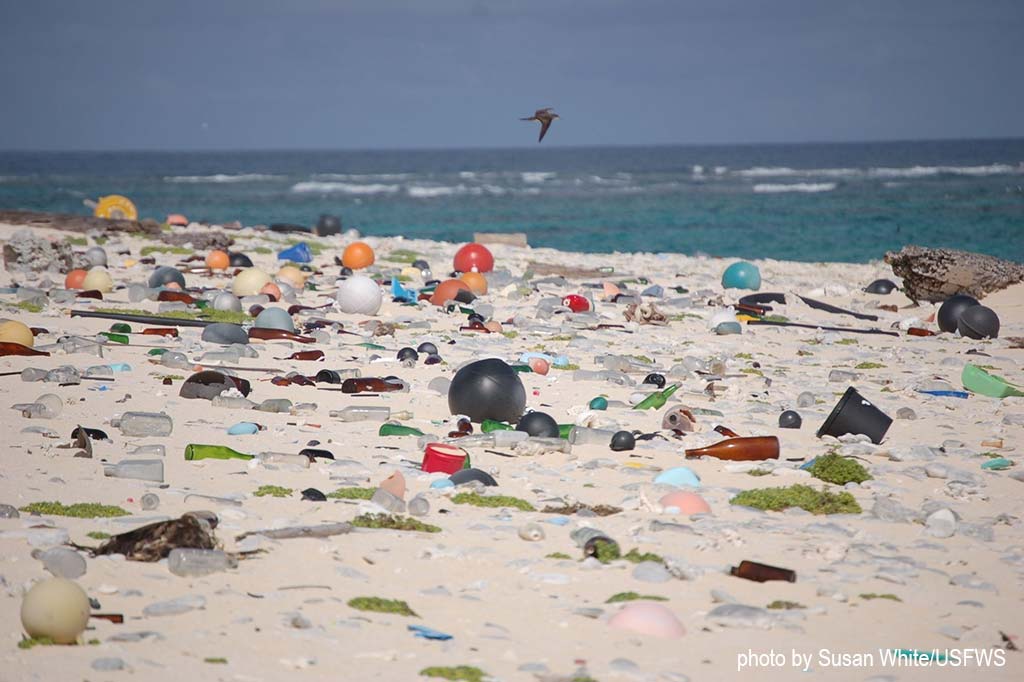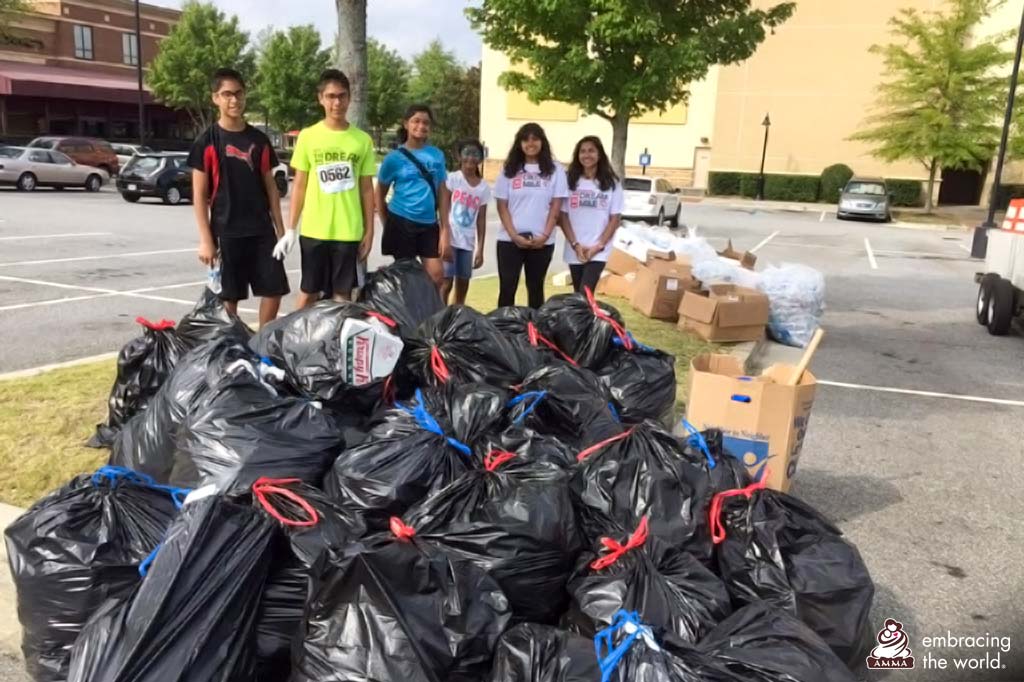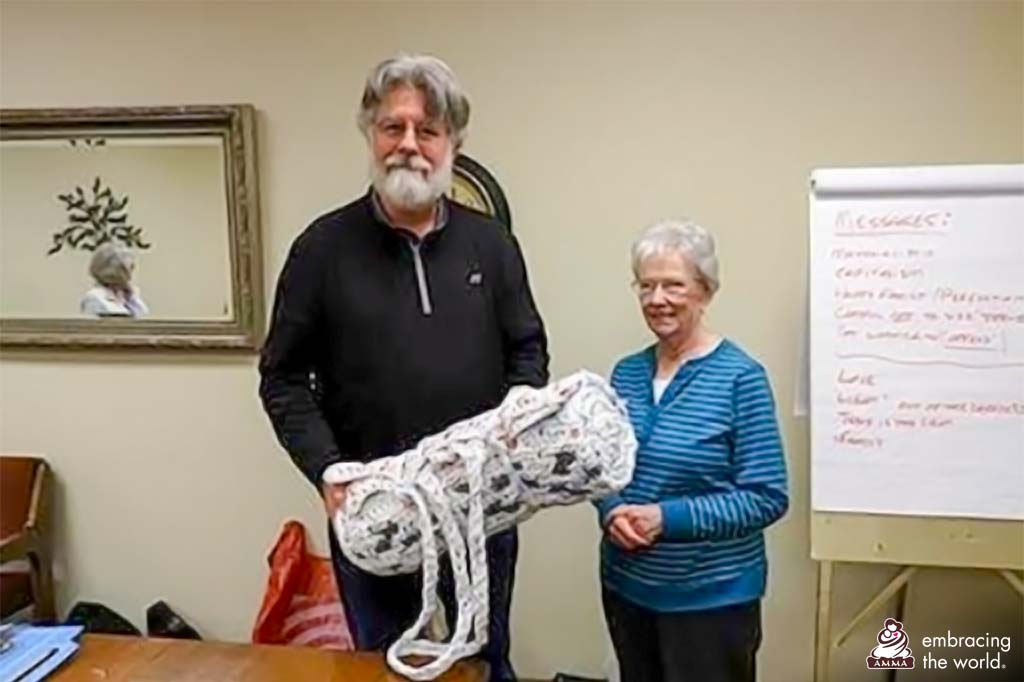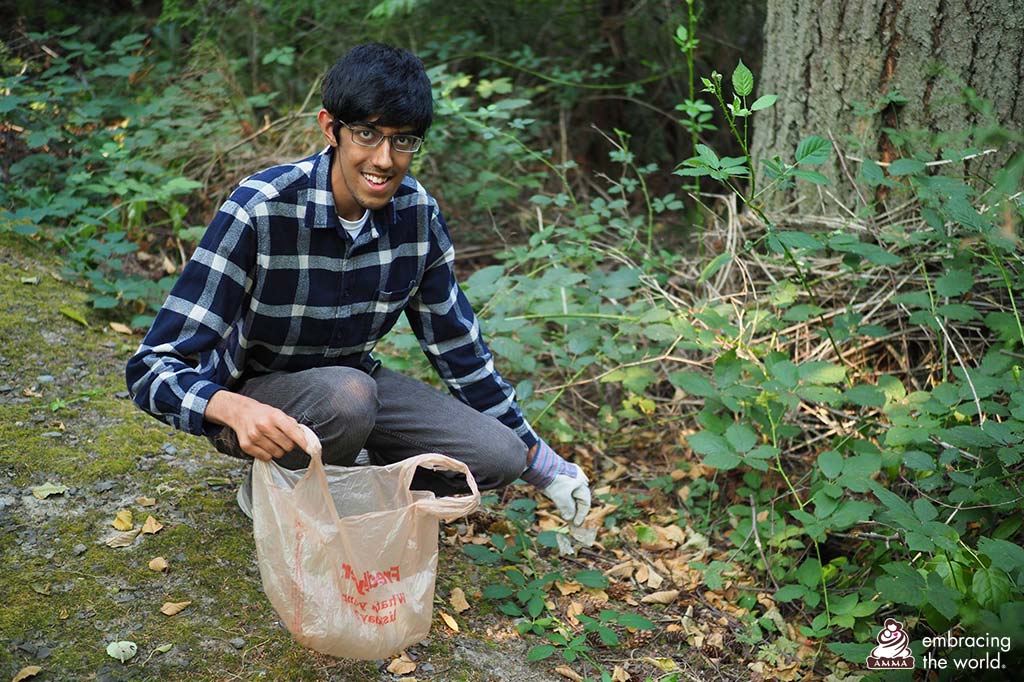GreenFriends North America has started a project to share information on the simple but effective ways to reduce the detrimental footprints of plastic pollution on our world. The project is aptly named “The Plastic Challenge” and shares crucial information on how even small adjustments can make a big difference.
“The goal is to increase our awareness of how our choices contribute to this issue,” explained Rema Devi with MA Centre San Ramon. “Hopefully, we begin to make better choices in the long run to align our lives to be more in harmony with all beings on our precious Mother Earth.”
For a long time, most of us have been aware that plastic is a major polluter in our environment. It was accepted as a general idea, but remained rather abstract. Now, statistics are coming forth to render the true impact of our actions. In fact in February 2017, the United Nations declared war on ocean plastic.

According to figures from the UN, we produce more than 300 million tonnes of plastic every year, including billions of plastic bottles and bags. That is the equivalent of more than 900 Empire State Buildings. The large majority of the materials are single use products of which only a fraction get recycled.
Eight million tonnes of plastic leak into the oceans every year and harm more than 600 marine species. Estimates say that 90% of seabirds, for example, have ingested plastic at some point in their lives. Many are found with their stomachs full of plastic, the obvious cause of their deaths.
At the current rate, global plastic consumption will triple by 2050 as the world population reaches 10 billion. But, a growing awareness is starting a movement to change these outcomes.

More than 320 people took part in the GreenFriends’ Plastic Challenge to measure how much they use in their daily lives and then make a pledge to reduce that. Another 160 also measured the results of putting that promise into action over the course of a month and a half.
“It keeps on coming to my mind wherever I go for shopping,” shared one of the participants. “It makes me feel guilty to carry groceries in plastic bags now–which is a good sign because it’s a harbinger to start using cloth reusable shopping bags.”

Through simple changes on when and how to use plastic, the participants found they were able to reduce their plastic footprint by 6,000 items. It came to a cutback of 45% in the amount used in their households.
“Seeing my first result was a wake up call, as well as seeing too many pictures of sea turtles swimming in plastic,” said another participant. “It astounds me the amount of non-recyclable packaging there is in stores! I noticed my local grocery store had paper bags and have been using them since then.”
Another participant commented, “It made an impact at the end of the survey to see how much I was really using. This is a great guide to help bring more awareness in what we are doing and in new and different ways we can take steps to change what we use.”

The work goes beyond the survey, of course. For many years now, Embracing the World Centers around the world have been working on ways to reuse plastic waste. For example, a group in Edmond, Oklahoma, US has joined with a local Christian church to create sleeping mats for the homeless.
The mats are lightweight, provide protection from cold and wind for the homeless, do not attract bugs and are easily hosed off. The completed mats are taken to a Rescue Church in the area and are also given to police officers who work in homeless areas.





